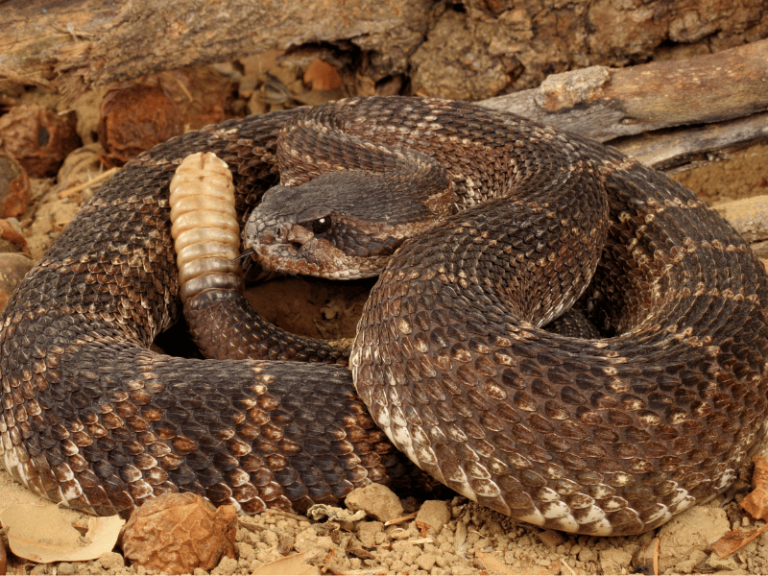In certain areas of the Americas, Australia, and Africa, one often hears a “clacking” sound, which inexperienced individuals might mistake for the sound of flowing water from a stream. However, there are no streams nearby where this sound is heard. It turns out that this sound is not from flowing water but is produced by a highly venomous snake vigorously shaking its tail. This is none other than the famous “rattlesnake.”
Although rattlesnakes are highly venomous, there are many people in the area who specialize in catching them! This is because rattlesnake skin is very tough and is often used to make handicrafts. Additionally, oil extracted from their bodies can treat rheumatism very effectively. These snake catchers locate them based on the “clacking” sound they make.
Why does their tail produce this sound? When watching basketball games, you often see referees blowing whistles, right? It’s a metal shell with a diaphragm inside, forming two cavities. When someone blows hard, the cavities vibrate due to the air, producing sound. The rattlesnake’s tail has a similar structure, but its shell is not metal but a hard skin forming horny rings. These horny rings enclose a cavity, divided into two circular cavities by horny membranes, forming two resonators. When the rattlesnake vigorously shakes its tail, it creates an airflow inside the cavity, causing vibrations as air enters and exits, producing sound.
The growth of horny rings is not very regular, but according to zoologists, they generally grow about three rings per year. Therefore, based on the number of rings, one can estimate their age quite accurately.
The sound produced by the horny rings of the rattlesnake resembles the sound of flowing water, which lures thirsty small animals as a hunting method. However, some believe that rattlesnakes do not produce angry roaring sounds against enemies, so they use the sound produced by their horny rings instead. Additionally, some believe this is a signal snakes use to communicate with each other.

